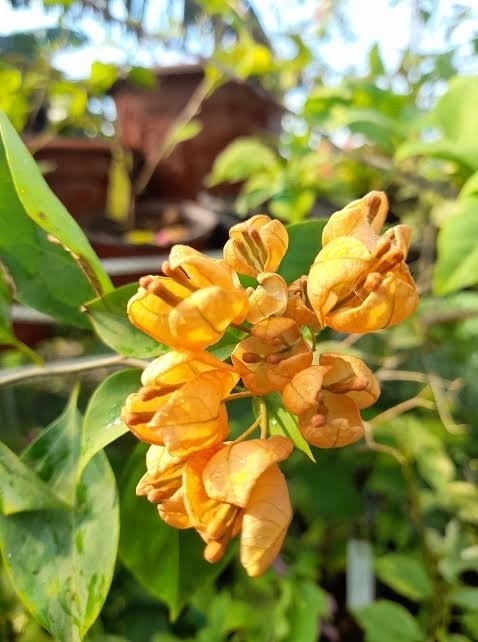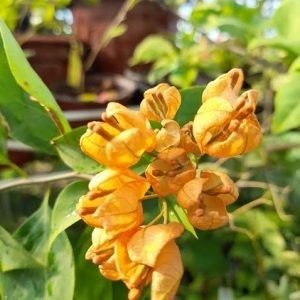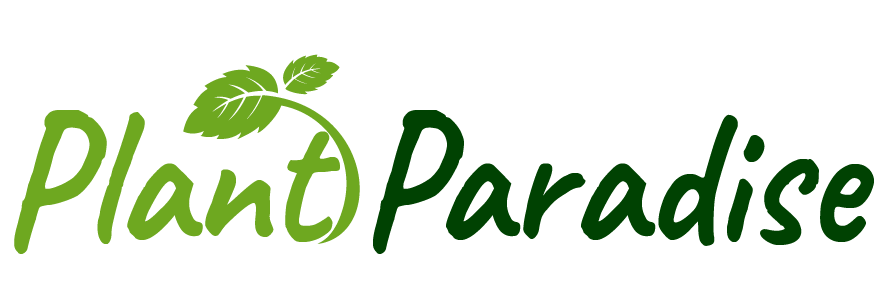Plantparadise
Yellow Tanglong Bougainvillea Grafted |Yellow Tanglong Bougainvillea for Sale
Yellow Tanglong Bougainvillea Grafted |Yellow Tanglong Bougainvillea for Sale
Regular price
Rs. 789.00
Regular price
Rs. 1,400.00
Sale price
Rs. 789.00
Unit price
per
Couldn't load pickup availability
Yellow Tanglong Bougainvillea
General Description:
- Common Name: Yellow Tanglong Bougainvillea
- Botanical Name: Bougainvillea spp.
- Family: Nyctaginaceae
Appearance:
- Bracts: The plant is known for its striking yellow bracts, which are often mistaken for flowers. The true flowers are small and white, nestled within the colorful bracts.
- Leaves: The foliage is typically green, providing a lush background that highlights the vibrant yellow bracts.
- Growth Habit: This bougainvillea variety is a vigorous climber or shrub, capable of reaching significant heights when supported, or forming a dense, bushy structure if left untrained.
Grafting:
- Rootstock: The Yellow Tanglong variety is often grafted onto a hardy rootstock to enhance growth vigor, disease resistance, and adaptability to various soil types.
- Scion: The scion is taken from a healthy Yellow Tanglong bougainvillea to ensure the desired color and plant characteristics are maintained.
- Purpose of Grafting: Grafting is used to combine the best traits of two different plants, ensuring the robustness of the rootstock and the unique bract color of the Yellow Tanglong.
Growing Conditions:
- Light: Requires full sun for optimal growth and bract production.
- Soil: Prefers well-draining soil with a slightly acidic to neutral pH.
- Watering: Drought-tolerant once established but benefits from regular watering during prolonged dry periods.
- Temperature: Thrives in warm climates and is frost-sensitive. It can be grown as an annual in cooler regions or overwintered indoors.
Maintenance:
- Pruning: Regular pruning helps maintain shape, encourages new growth, and enhances bract production.
- Fertilization: Periodic feeding with a balanced fertilizer supports healthy growth and vibrant bracts.
- Pests and Diseases: Generally pest-resistant, but may be susceptible to aphids, mealybugs, and fungal diseases in overly humid conditions.
Landscape Use:
- Ornamental: Ideal for adding a splash of color to gardens, patios, and trellises. Can be used as a focal point in landscape design or grown in containers.
- Climbing Plant: Excellent for covering walls, fences, and arbors due to its vigorous climbing habit.
Materials
Materials
Shipping & Returns
Shipping & Returns
Dimensions
Dimensions
Care Instructions
Care Instructions




